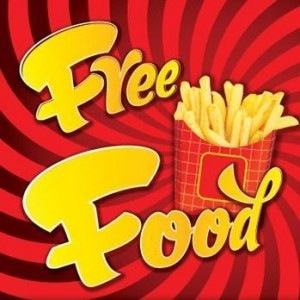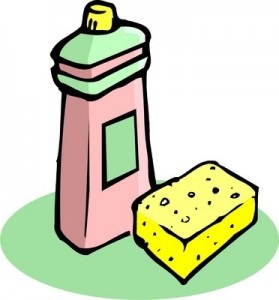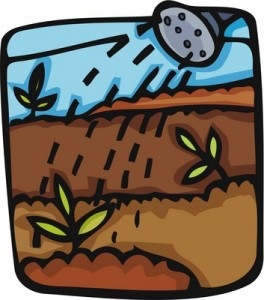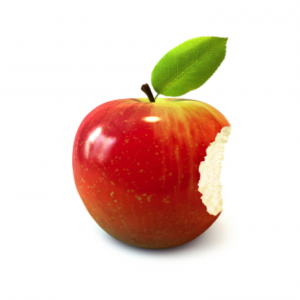 Gotta have the Christmas cookies, the candied yams, the stuffing with pecans, both pumpkin and pecan pies, the peanut brittle, eggnog, and whatever else your particular holiday, culture, and family traditions dictate.
Gotta have the Christmas cookies, the candied yams, the stuffing with pecans, both pumpkin and pecan pies, the peanut brittle, eggnog, and whatever else your particular holiday, culture, and family traditions dictate.
Really???
Ask yourself why. Are your groaning table and edible holiday delights really because of tradition – or, in part, an excuse to surround yourself with the food you love and want to eat?
There is nothing wrong with tradition and wanting to share your memories and love through food.
Are Holidays An Excuse To (Over)Eat?
The big question to ask yourself is: am I really sharing/holding to tradition and memories of the season – or am I using the holidays as an excuse to make and eat a whole lot of food that I really would prefer not to eat – or eat in such quantity?
Most people who know me also know that I bake really good Christmas cookies – for a lot of events, not just Christmas. I baked them for a party for my son’s July wedding (not a Christmas tree in sight) and as I brought them out there was a chorus of “Christmas cookies” from his friends who have eaten them many times before. Didn’t matter that it was July. The recipe was the same, they tasted the same, and they came from my kitchen.
What’s my point? I love baking these cookies, and I love sharing them. There are a whole host of emotions wrapped around these cookies.
I also know that I love eating them. Have I ever used an occasion as an excuse to bake them – even though things would have been fine without the cookies? You bet I have.
Why? I love those cookies. I love to eat them. I love to eat the dough (I’m really not endorsing that – It’s a bad habit and the dough does have raw egg in it).
The bottom line is that I end up eating hundreds of calories – delicious, but not healthy ones – that I certainly don’t need. And, even though I’m sharing what I consider to be “a little bit of love from my kitchen,” I still, very frequently, use the holiday or the event as an excuse.
Some Helpful Hints
I’m certainly not advocating giving up baking Christmas cookies or whatever your specialty or tradition is. What I am suggesting is that you ask yourself the reason for doing so. Recognize and be mindful of your reasons.
- If you do make your specialty – plan for it. Make it and then keep it out of sight (out of mind). Eat it with everyone else – not in a constant stream of tasting and little snatches from the fridge or cupboard.
- Store your amazing food out of sight and, hopefully, out of mind. Far away, too. Usually if we have to work to get food it may take some of the desire out of it. So store the food in the basement or someplace out of the kitchen.
- Leftovers? Send them home with your family and friends. I’ve fed lots of college dorms and offices with my leftovers. Freeze them and store them in the back of the freezer where you can’t see them (although I can attest that frozen Christmas cookies are great – my sons once ate a whole container of them out of my downstairs freezer without my knowing about it. Had to bake another batch before Christmas dinner.)
Traditions are important and food is nurturing. Traditions, family, and holidays can also be stressful. Cook away if that’s your pleasure. Just ask yourself if you are using holidays, traditions, guests, and family as excuses to (over)eat.



